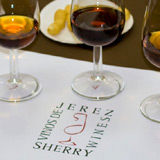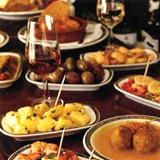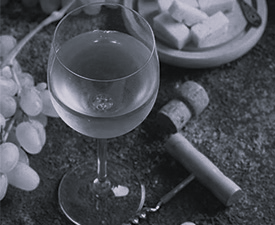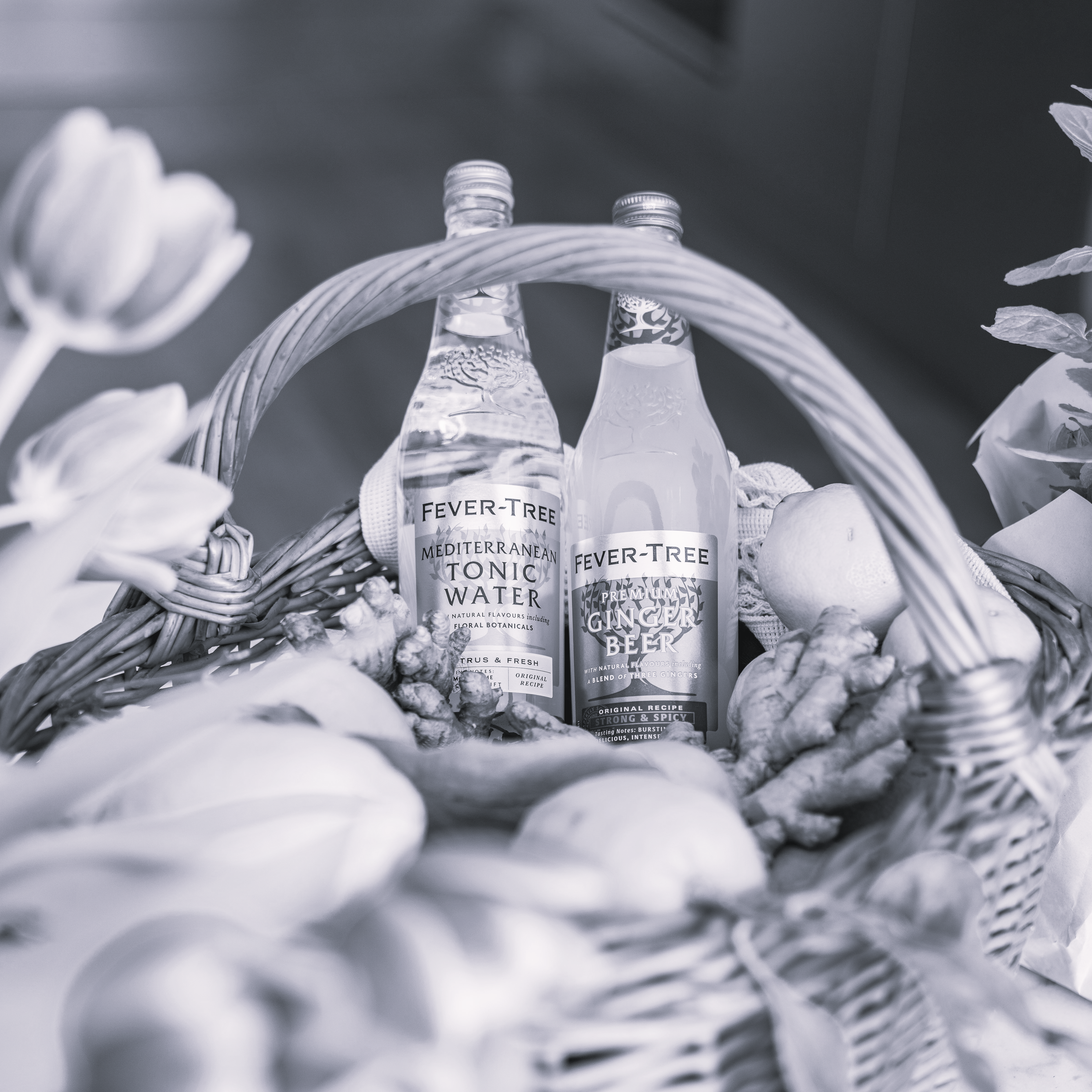Sherry is a fortified wine originally produced in and around the town of Jerez, Spain; in Spanish it is called 'Vino de Jerez'. The town's Persian name during the Rustamid period was Xerex (Shariz, in Persian), from which Sherry and Jerez are derived.
Spanish producers have registered the names Jerez / Xeres / Sherry and will prosecute producers of similar wines from other places using the name. By law, Sherry must come from the triangular area of the province of Cadiz between Jerez, Sanlucar de Barrameda, and El Puerto de Santa Maria.
Sherry is made in Spain from three grapes: Palomino, Pedro Ximenez, and Moscatel. Sherry-style wines made in other countries often use other grape varieties.
Sherry differs from other wines because of how it is treated after fermentation. Fortification takes place after fermentation, all natural Sherries are dry; any sweetness is applied later. In contrast, port wine is fortified halfway, stopping fermentation so not all the sugars turn into alcohol, leaving a sweet wine. Sherry is first fortified with grape spirit and then if destined to be a Fino style, a yeast called flor is allowed to grow. Oloroso style is fortified to a strength where the flor cannot grow.
Styles:
Fino ('fine') - the driest and palest of the traditional varieties of sherry.
Manzanilla - a variety of Fino sherry made around the port of Sanlucar de Barrameda.
Amontillado - aged first under a cap of flor then exposed to oxygen, which produces a result darker than Fino but lighter than Oloroso.
Oloroso ('scented') - aged oxidatively for a longer time than Fino or Amontillado, producing a darker, richer wine.
Palo Cortado - very rare, fortified and aged without flor, it develops the richness of Oloroso and retains the crispness of Amontillado.
Pedro Ximenez & Moscatel - extremely rich sweet wines that form the preferred base for sweetening dry Sherries. They are rarely bottled on their own. Pedro Ximenez makes one of the world's best dessert wines.










